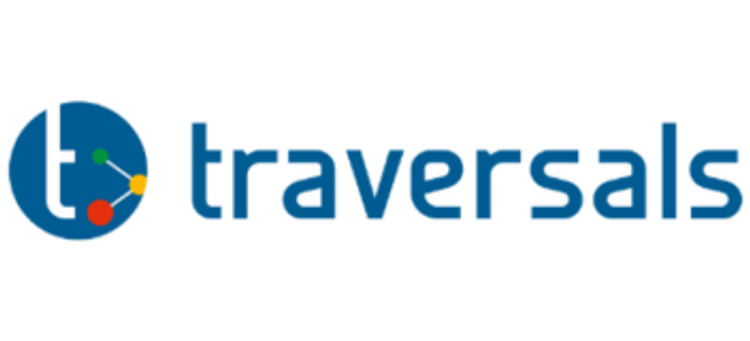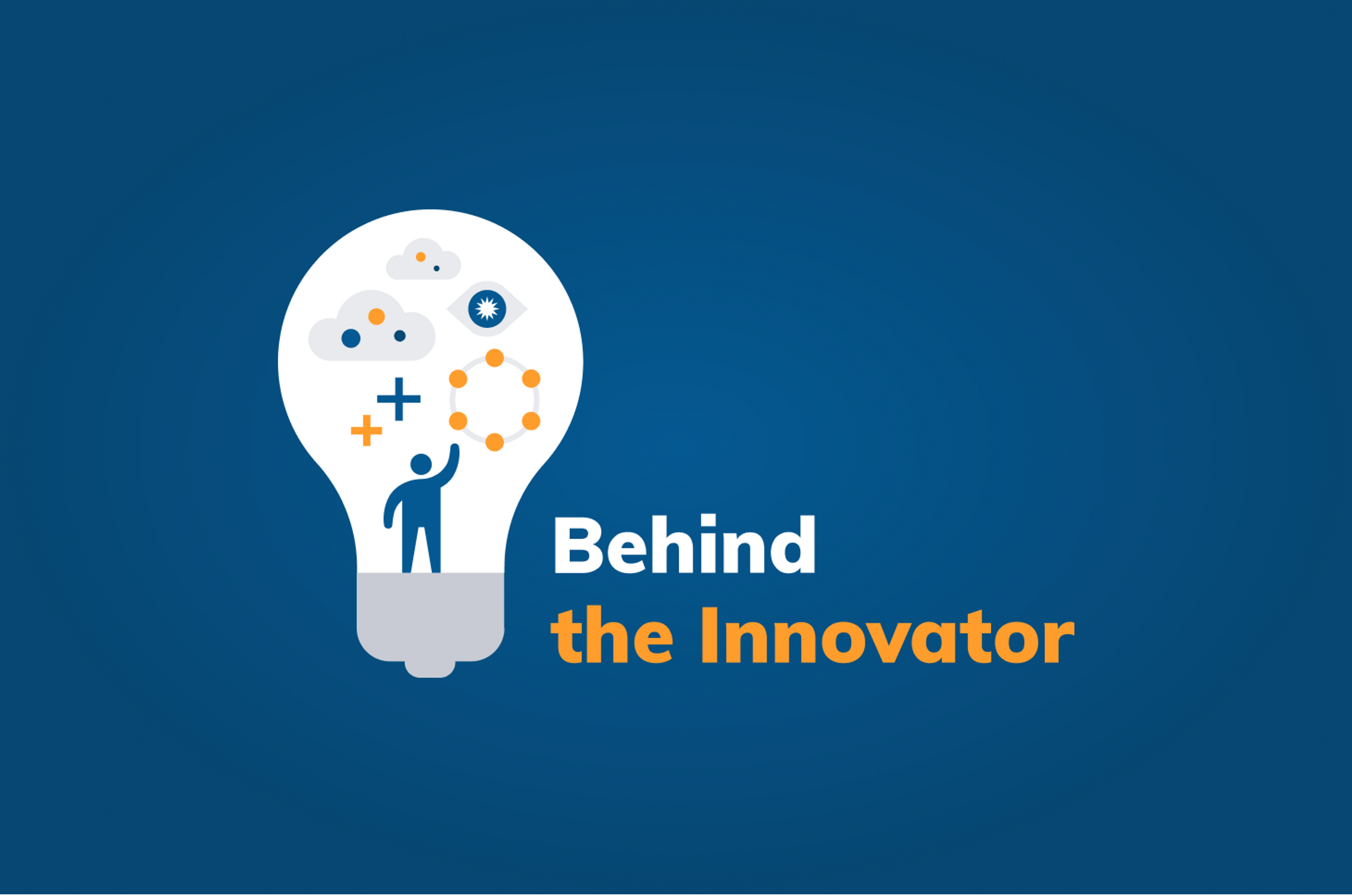Building Multi-Tenant Security Intelligence and Analytics Services on DSE Graph
Traversals is a company in Germany that works around the field of AI-supported data and information processing. Originating from the environment of the Friedrich-Alexander-University Erlangen-Nuremberg, Traversals provides an innovative, AI-based approach to information analysis. Under the aegis of a competent scientific advisory board, Traversals integrates the latest research results in the fields of machine learning, big data, artificial intelligence, and natural language processing into its ongoing developments.
Support real-time graph analytics and alerting across huge volumes of data
Process data and search across reference locations including Google, Yandex, Twitter, and open-source intelligence sources in real-time
Provide services for multiple users across data securely with multi-tenancy support
Support real-time graph analytics and alerting across huge volumes of data
Process data and search across reference locations including Google, Yandex, Twitter, and open-source intelligence sources in real-time
Provide services for multiple users across data securely with multi-tenancy support

The Challenge
Traversals Analytics and Intelligence GmbH is a German company that was formed to build new services around the fusion of data and information. The team at Traversals wanted to create new services around data analytics for a range of applications including cyber security, fraud detection, competitor intelligence, and real-time alerting.
To deliver this range of services, Traversals’ CEO Dirk Kolb looked at graph analytics as to the bedrock for the company. “In my previous work, I had the experience of designing large-scale analytics projects, but there was a definite gap in the market around graph. We formed Traversals to use graph as part of a modular approach to analytics services that customers such as Airbus Defence and Space and the German Ministry of Defence could tap into, and apply this to data at a massive scale. By creating this data set and using graph alongside multi-tenant support, we could help customers find relationships more efficiently,” explained Kolb.
Traversals combine data from multiple sources into its knowledge graph, including publicly available data from Twitter alongside search results from engines like Google and Yandex and with data from open-source intelligence services (OSINT). With thousands of data sources and millions of data elements, customers would use Traversals to find relationships in this data based on what they are looking to achieve and what they had access to.
As part of this, Kolb and his team required a graph analytics service that could work at scale. This would involve implementing a distributed computing approach, as well as being able to carry out graph analysis across the volume of data that the company was collecting. Lastly, it would have to support storing that data over time too in a cost-effective way.
The Solution
Kolb already had experience around graph analytics technologies from working with previous companies and open source projects, so he was familiar with some of the options that were available on the market. “I was familiar with TitanDB as a distributed graph database, and that was the right technology for us. However, we wanted to support in order to deploy at the scale and throughput of data we were planning to capture and analyze, so DataStax was the natural choice as a company to work with on this project,” continued Kolb. “DataStax Enterprise Graph was our first choice for how we would support this graph data at scale.”
Our service for customers is based on providing real-time analytics and alerts based on global and multilingual data. That could be alerting customers to a disaster near to one of their sites, demonstrating potential security risks, or for competitor analysis. What powers this is our ability to make connections in our data, and for that we rely on DSE Graph.
DataStax Enterprise (DSE) includes Graph (DSE Graph), which is based on TitanDB and provides distributed graph analytics and database support. DSE Graph is a distributed graph database that combines Titan with Apache Cassandra and that is optimized for enterprise applications. This enables companies to manage graph database deployments with zero downtime, fast traversals at scale, and real-time analysis of complex, related datasets.
DSE Graph incorporates all the enterprise-class capabilities of DSE, including continuous availability, linear scalability, advanced security, analytics and full-text search, visual management, visual monitoring, and a tools suite for developers. “DSE Graph was the natural choice for us as it met all our requirements—it could process data in real-time and at scale, and it could manage data in a distributed way as well,” said Kolb.
The team at Traversals implemented its data stack in Google Cloud to take advantage of the support that DataStax has for this platform. As part of the deployment, Traversals architected its applications and data to run in containers. To integrate DSE into this, the tech team at Traversals decided to standardize on cass-operator, the Kubernetes operator from DataStax, to integrate DSE Graph into the wider containerized application stack. “We knew we would need to pick a Kubernetes operator so we could integrate our graph analytics and Cassandra nodes, so cass-operator was a natural choice for us. This makes life much easier for our developers, as using cass-operator means we can fully rely on the Kubernetes stack including orchestration and node OS images. It results in less effort to run and maintain our DSE cluster,” added Kolb.
The Results
With DSE Graph, Traversals can provide real-time analytics and alert for customers using graph analytics. The company has implemented successfully and now delivers services for multiple customers and users around security intelligence, competitor analysis, and real-time disaster alerting.
The team at Traversals is also looking to expand how it can automate the process for creating and managing alerts. Using a new ontology approach based on artificial intelligence, Traversals can recommend searches and alert results based on previous interests. “We create value using graph, and now we are looking at how to apply this to more knowledge sources over time. As an example, our ontology can create new searches if you are interested in real-time alerts around a subject. For disasters, this might involve looking out for police alerts or reports of fires, and then create new searches automatically for analysts using AI,” explained Kolb. “This makes life easier for analysts, and we can explore the knowledge we collect more efficiently.”



